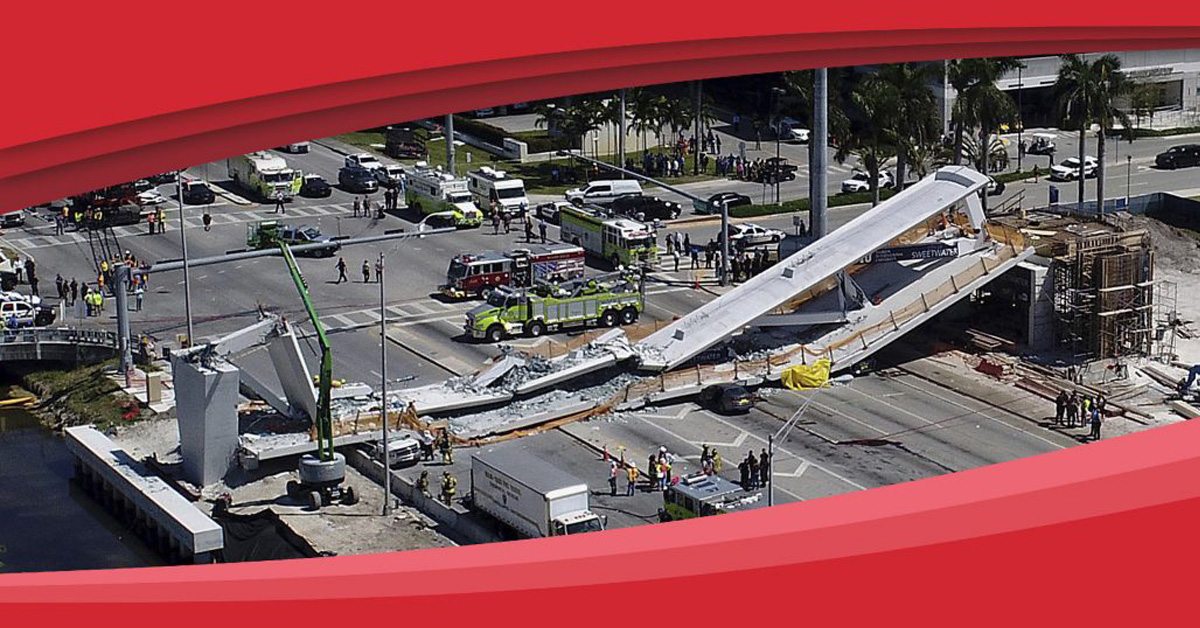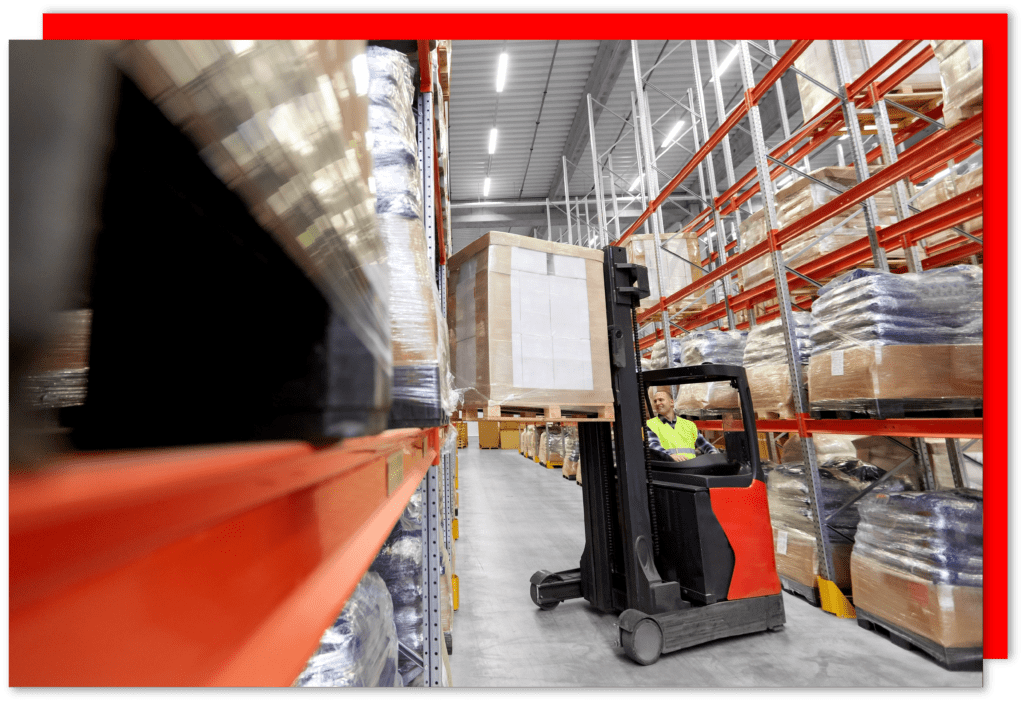The images of the Miami Sweetwater University City Bridge collapse on Thursday 15th March have been truly shocking, and our thoughts are with the families and friends of everyone affected.
It’s also quite surprising to learn that the 950-ton bridge was put into position the previous Saturday, just 4 days earlier. This was a “milestone” process that lasted around 6 hours. Experts have been quoted to say that the bridge would have been unstable until it was fully completed.
“Accelerated bridge construction” allows large pieces of the bridge to be made away from traffic, rather than assembling smaller parts over a busy road. Temporary supports would have been created to hold the large single section installed on Saturday, to hold it until it was connected permanently to the structure’s columns and foundations.
According to Amjad Aref, a professor at the University of Buffalo’s Department of Civil, Structural and Environmental Engineering, “In layman’s terms, it’s actually flimsy before it’s complete.” The bridge was due to open in 2019, so the forensic investigation will focus on why the structure was apparently allowed to remain disconnected and unstable, and therefore at risk of collapse.
Other commentators have queried the bridge section’s design, pointing out that there appears to be no steel reinforcement within the concrete, and that concrete is strong under compression but weak under tension.
This tragic incident surely focusses our attention on the vital role of risk management, and the importance of following proven, tested and agreed health and safety procedures. From media reports, it seems corners may have been cut, leading to tragic consequences.
There is also a worrying future looming in the USA, with President Trump’s regulatory rollback, cutting away hard-won safeguards for employees.
The Trump administration plans to invest heavily in infrastructure, which is sorely needed and will lead to an increase in construction activity. However, they also plan to curtail regulations, reducing the amount of “red tape”, to save money. About 67 regulations have been repealed so far, and 3 have been implemented, generating an estimated saving of $8.1 billion in regulatory costs for businesses.
However, as safety regulations are cut, organisations will be able to spend less on employee training and safety, allowing them to hire more people with less training, potentially leading to longer, harder shifts, and a greater risk of injury and ill health.
Although the Miami bridge collapse may not be directly related to the current US Government’s regulatory rollback, it is a salutary lesson. Any organisation cannot afford to take risks with employee – or public – safety.
At Riskex, our Sales Team speak with dozens of potential customers, and at times it is surprising – even shocking – the level of complacency that exists around risk management. Our passion is to help organisations see the benefits of changing that complacency.
Clearly, there are varying degrees of potential disaster, and the Miami bridge incident is tragically almost off the scale. However, every employer has a duty to ensure that individuals’ safety and health are protected, as much as possible. The surest way to achieve this is through assessment, analysis, adhering to process, using corrective actions and regular reviews.
Building a culture of mutual care for everyone’s safety and well-being is key to achieving this – not regulatory rollback, and erosion of decades of progress and education.












